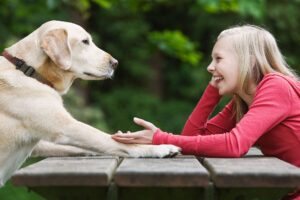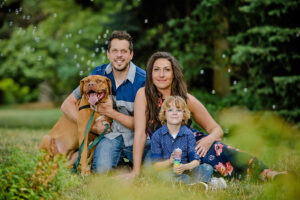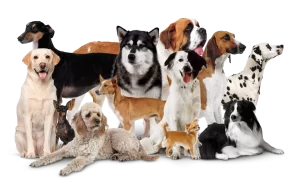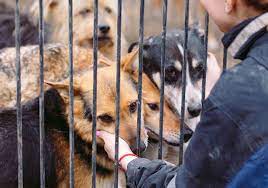Understanding canine body language is critical for any dog owner or enthusiast. Dogs communicate primarily through body signals, and being able to interpret these cues can enhance your relationship, prevent misunderstandings, and ensure your dog’s well-being. In this comprehensive guide, we will explore the various aspects of canine body language, common signals dogs use to express themselves, and how you can respond appropriately. Let’s delve into the captivating world of canine communication.
Table of Contents
ToggleWhy Understanding Dog Body Language is Important
Dogs rely on body language to convey their feelings, intentions, and reactions. As humans, understanding these signals allows us to:
– Build Trust and Bonding: Recognizing when your dog is comfortable or anxious helps build trust and strengthen your bond.
– Prevent Aggression or Fear: Being able to read signs of stress or aggression in dogs can help prevent confrontations or negative encounters.
– Enhance Training Effectiveness: Understanding your dog’s body language can improve training sessions by knowing when they are receptive or stressed.
– Provide Proper Care: Recognizing pain or discomfort signals ensures timely veterinary care and enhances your ability to address your dog’s health needs.
Key Aspects of Dog Body Language
1. Facial Expressions
A dog’s face can convey a wealth of information:
– Eyes: Relaxed eyes with normal blinking indicate calmness. Dilated pupils or intense staring may signal fear or aggression.
– Mouth: A relaxed, slightly open mouth suggests a comfortable state. Lips pulled back in a snarl indicate aggression or discomfort.
2. Body Posture
The posture of a dog provides insights into their emotional state:
– Relaxed: A loose stance with weight evenly distributed indicates relaxation and comfort.
– Tense: Stiff posture with raised hackles suggests fear, anxiety, or aggression.
– Playful: Bowing with front legs lowered and hindquarters raised signals readiness for play.
3. Tail Movement
A dog’s tail is a prominent indicator of mood:
– Wagging: Contrary to popular belief, wagging does not always mean happiness. A slow wag with a low tail indicates caution or uncertainty, while a high, fast wag signals excitement.
4. Ears
Ear position reflects a dog’s attentiveness and emotions:
– Forward: Alert and engaged.
– Backward or Flat: Fear, anxiety, or submission.
– Pinned Back: Aggression or discomfort.
Common Canine Body Language Signals and Their Meanings
1. Relaxed and Happy
– Body: Loose and wiggly.
– Tail: Wagging gently or held at a relaxed level.
– Eyes: Soft and slightly squinty.
– Ears: Relaxed or slightly forward.
2. Anxious or Fearful
– Body: Tense or crouched.
– Tail: Tucked between legs or low and still.
– Eyes: Wide open with dilated pupils.
– Ears: Flattened against the head.
3. Aggressive or Threatening
– Body: Stiff, rigid posture.
– Tail: High and stiff, may be vibrating.
– Eyes: Intense stare with fixed gaze.
– Ears: Forward or erect.
Responding to Dog Body Language
Understanding your dog’s body language is the first step. Responding appropriately helps maintain a positive interaction:
– Stay Calm: Your demeanor influences your dog’s reactions.
– Give Space: Respect your dog’s signals, especially if they show fear or stress.
– Use Positive Reinforcement: Reward calm behavior to reinforce positive signals.
– Seek Professional Help: Consult a certified dog trainer or behaviorist if you encounter persistent behavioral issues.
Conclusion
Mastering canine body language enhances your ability to communicate effectively with your dog, leading to a happier, healthier relationship. By observing facial expressions, body posture, tail movements, and ear positions, you gain insights into your dog’s emotions and intentions. This knowledge allows you to respond appropriately, provide necessary care, and create a supportive environment for your canine companion.
Investing time in understanding and interpreting canine body language enriches both your life and your dog’s life. It fosters mutual understanding, strengthens your bond, and ensures your dog’s well-being in various situations.
For further reading on interpreting dog behavior through body language, visit [American Kennel Club – Understanding Dog Body Language](https://www.akc.org/expert-advice/training/understanding-dog-body-language/).
For more similar info:































